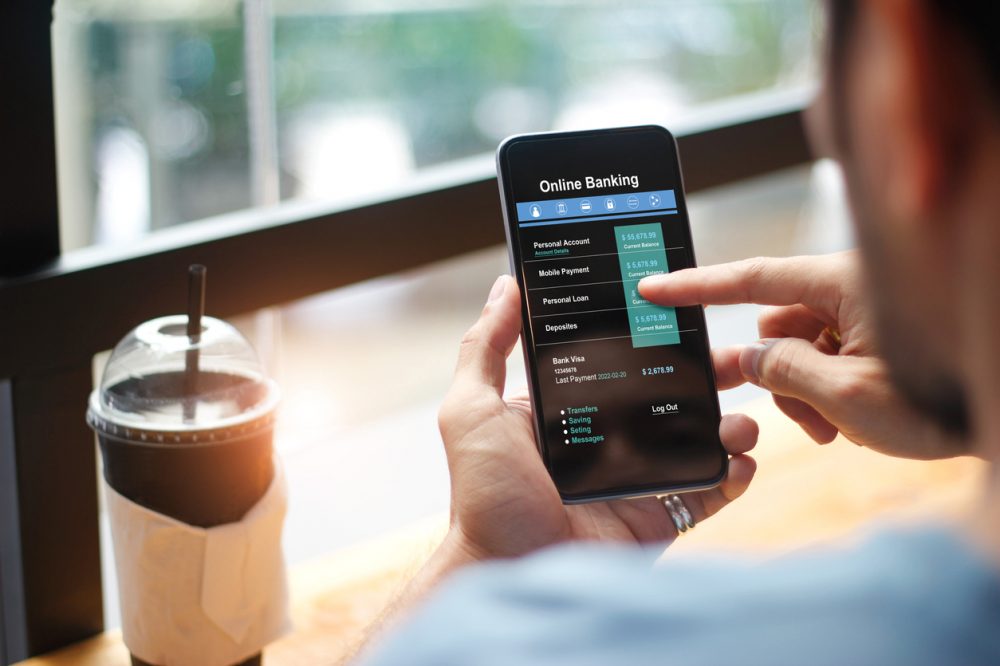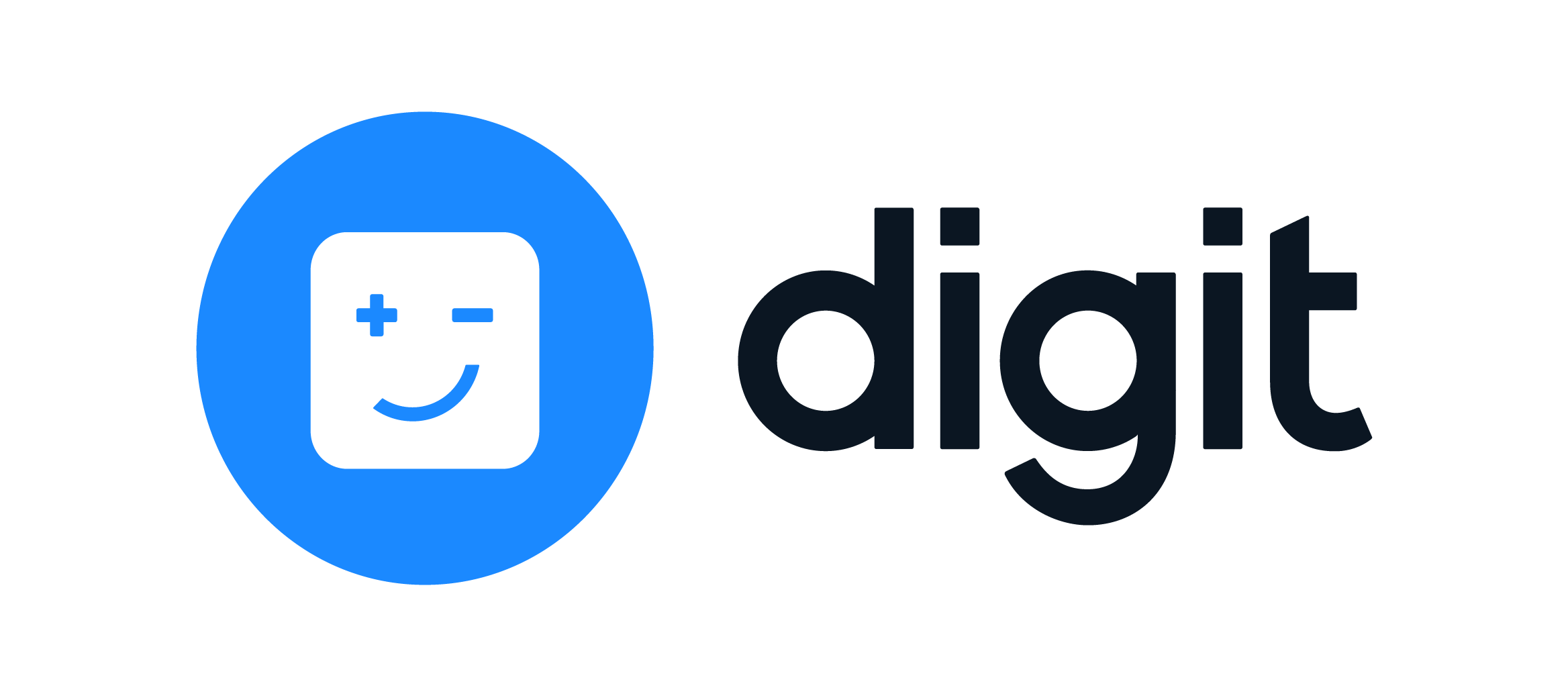Building Consumer Savings with Fintech Innovations
Savings are a critical component of financial health, and new approaches can encourage consumer savings.
-
Program:
-
Category:

Top Takeaways

Some savings innovations lower the effort to save, while others make saving more compelling for users. Both forms can help consumers build savings.

The balances of users who used Digit’s smart automated transfer capabilities increased by an average of $217 per month.

Digit users who set multiple savings goals had $114 greater deposits into savings over the first 5 months, compared with users who set one goal.
Savings Innovations: What’s New in the Market
As a buffer against unexpected expenses and a means of preparing for the future, savings are a critical component of financial health. The Financial Health Network’s FinHealth Score® methodology emphasizes the importance of savings for financial health, and research from the Consumer Financial Protection Bureau (CFPB) has found that savings balances are strongly associated with overall financial well-being.1 In 2021, 39% of people in the U.S. had less than three months’ worth of expenses available in savings.2 Some fintech companies have used data and algorithms to develop innovative models that can help consumers build up their savings, while incumbent financial institutions have also evolved their savings offerings to include features like round-up savings. These market evolutions and new models take two distinct, complementary approaches to helping consumers increase their savings: reducing the effort to save and making saving more compelling.
Making Saving Easy
As people navigate the complexities of managing their incomes and expenses, saving can feel difficult – particularly for those individuals whose incomes are not high enough to provide comfortable breathing room after covering expenses. Complex decisions about which bills to pay between paychecks are a common occurrence, and many people also navigate income volatility that makes it difficult to anticipate how much can be put away into savings. These circumstances can result in focusing on day-to-day financial management instead of long-term financial goals, like planning ahead for the future through savings. For people who want to build their savings but can’t decide how much to save, the complexity of these decisions can get in the way of progress toward better financial health.
Savings innovations such as smart automated transfers and round-up savings can simplify the decision-making process around savings. Companies can execute smart automated transfers to savings that are personalized for an individual’s financial situation. These types of smart transfers utilize deposit and payment patterns from consumers’ primary accounts, coupled with real-time data on inflows and current balances, to identify how much money is available for savings. This automates a calculation that can be challenging for consumers to make themselves.
Fintech companies such as Even and Dave use such calculations of upcoming expenses to display for users how much of their money is safe to spend, helping consumers keep their spending within budget and set aside money for savings. Digit, an all-in-one money app, translates its calculations of a user’s savings buffer into smart, automated transfers that move their money into savings for them. Automating transfers simplifies the process of saving by cutting down on the number of steps that individuals must take to progress toward their savings goals.
Round-up savings features make saving feel effortless by pairing small savings deposits with spending. When someone enrolled in a round-up savings program makes a purchase, their total is rounded up to the next dollar (or some other small incremental amount above that of the purchase) and the difference is transferred to a connected savings account. Bank of America popularized this practice with its “Keep the Change” program, which has since been implemented by a variety of companies, including investing app Acorns and family banking app Goalsetter.
Making Saving Compelling
While building savings is a widely shared goal, it may not always take precedence, especially in the face of households’ immediate financial needs. For low- and moderate-income consumers who need to focus on making their incomes last between paychecks, saving for the future may be a lower priority. Stashing away some savings is critical, however, for weathering the sporadic expenses that inevitably come up, such as medical bills or car and home repairs. To make the act of saving more salient and encourage people to incorporate savings into their everyday financial habits, innovations including prize-linked savings, gamification, and opportunities to contribute to multiple savings goals have emerged.
Prize-linked savings provides people with the opportunity to win money based on their savings behavior. For example, Commonwealth’s Save to Win product, introduced in partnership with credit unions, provides customers a raffle entry for each $25 deposit made (up to 10 entries per month), with prizes offered on both monthly and annual bases. Similarly, SaverLife’s Scratch & Save is a digital scratch card that gives users the chance to win $5 for taking actions like making a deposit to a linked savings account. These programs motivate people with the potential for prize money, even when the probability of winning may be low.3
Gamification can also make the savings process more engaging by integrating game-like elements in a financial product or app. SavingsQuest encourages users to save by tracking their progress, allowing users to earn badges or “level up” as they progress toward their savings goals. Other products aim to make the learning process fun and engaging: Farm Blitz allows users to learn about interest, borrowing, and long-term savings while playing a game in the role of a farmer. As mobile games proliferate, gamified financial apps strive to create a comparable experience that is fun, engaging, and effective.4
For many people, their savings serve multiple purposes: making planned purchases, buffering against unexpected expenses, acquiring other assets, or preparing for retirement. When people save for different purposes separately, they are motivated to save greater amounts than when saving into a single pooled account.5 Separate savings funds reflect the mental accounts that people keep to earmark money for different purposes, and labeling each bucket of money can serve as a reminder of the end goal of the savings. At many banks, customers can choose a label for their savings accounts and open multiple accounts to reflect their mental accounts. Ally Bank goes a step further by providing the option to create multiple “savings buckets” within a single savings account. Fintech companies like Qapital, Douugh, and Digit also enable users to save towards multiple purposes.

A Case Study in Savings Innovations
Digit is a fintech company that automates savings using an intelligent algorithm. A member of the Financial Solutions Lab Accelerator’s 2015 cohort, its product features represent a combination of innovations that can help to make saving both easier and more compelling for its users. Examining the behavior of Digit users can help to illuminate the opportunity of two approaches to supporting saving: smart automated transfers and facilitating multiple savings goals.
By analyzing users’ spending and income, Digit can periodically move money from a checking account into a Digit account to help users save. Users can set aside money for savings, investment, and debt payment goals, and Digit’s algorithm can help members make progress on their savings goals, budget, and invest for longer term wealth-building. Users link a checking account when they join Digit, and Digit creates an account to which automated savings are transferred.
On average, Digit users have moderate incomes and low account balances. The average monthly inflow into a user’s checking account when they join Digit is about $3,900. These average monthly inflows amount to approximately $47,000 in average post-tax annual user income, though it is not possible to distinguish income from other forms of inflows in user checking accounts or to include inflows from accounts which weren’t linked to Digit. Inflows in these amounts would place Digit users in the third income quartile, based on a JPMorgan Chase Institute sample of 7.5 million families.6 The average balance of Digit users’ connected checking accounts when they join is approximately $870.7
Digit conducted new research using its user data to understand the impact of savings innovations in its product. Digit researchers examined how automated saving affected users’ savings rates while using Digit, as well as the impact of setting multiple savings goals on total savings. Digit reported positive findings for both areas of research, though the results are correlational, not causal. Therefore, while the results support our hypotheses, they cannot prove that the positive results are due to the respective savings innovations. Instead, it is possible that other factors contributed to the positive savings trends, such as the widespread distribution of government aid during the COVID-19 pandemic, including economic impact payments and enhanced child tax credits, or personal behavior unrelated to Digit use.
Smart Automated Transfers Add Up
Digit examined users’ savings rates both in the month prior to joining Digit and after linking an account to Digit and gaining access to its automated saving capabilities. To safeguard the analysis from the effect of outside factors that impacted savings rates, such as receipt of stimulus payments or child tax credits, Digit focused on the first five months of saving behavior for users who joined in June 2020, a period between the distribution of the first two rounds of coronavirus-related economic impact payments.
To understand the impact of automated saving on savings rates, Digit measured balance changes in users’ linked checking accounts and Digit accounts between the month prior to joining Digit and up to five months after becoming a Digit user.8 Results of this analysis showed that for each month that a user actively used the Digit platform, their balance increased by an average of $217.9

Users With Multiple Goals Save More
Digit also sought to understand if setting multiple goals led users to save more. To do so, they measured the difference in savings for users who set multiple savings goals versus those who only had one goal. Users can set goals across a variety of financial dimensions, and 37% of users who set only savings goals had multiple goals. Digit measured the difference in savings deposits over the first five months of use for users with multiple savings goals relative to those with one savings goal.
Digit found that users with multiple savings goals average $114 more in savings deposits over the first five months of Digit use than those who have one goal.10 Each additional savings goal is also associated with a $79 increase in deposits over the first five months.

The greater savings for those who set multiple goals is driven both by greater savings transfers executed by Digit and greater manual transfers executed by the user: Compared with users with only one goal, those with multiple goals saved $91 more in their Digit account over the first five months of Digit usage and had $37 more in manual savings transfers to their Digit account. Furthermore, among users with multiple savings goals, those with greater checking account balances saved more than those with lower balances: New Digit users who were in the highest quartile of checking account balances (greater than $1,009) saved approximately $125 more via multiple goals compared to those in the lowest quartile of checking account balances (less than $47).11
Implications
Digit’s analysis of their user data suggests that both innovations – smart automated transfers and the ability to set multiple savings goals – are associated with increased saving. Digit’s products demonstrate that a system oriented around an intelligent savings algorithm and real-time balance and transaction data can reduce effort for users that want to save. By automating transfers into savings, Digit makes the saving process much easier for the end user, as demonstrated by users’ increased savings after joining Digit.
Fintechs and other financial institutions interested in helping users build savings through digital product enhancements can learn from the innovations addressed in this brief. Digit’s research, highlighted here, suggests that these innovations can benefit users and shows how innovative fintechs can measure their user impact. In particular, they illustrate how easing the process of saving can increase user balances. Financial institutions should consider devoting resources to simplifying saving for motivated users or customers, in addition to making it compelling and helping users prioritize it.
Acknowledgments
This report uses analysis from Digit, an all-in-one money app that budgets, saves, and invests for users. We are grateful to Anna Thompson and Dan Begley-Groth at Digit for their collaboration.
Many current and former Financial Health Network staff contributed to this work, including Nadia van de Walle, Dan Miller, Michael Salmassian, David Silberman, Hannah Gdalman, and Sarah Austrin-Willis.
The Financial Health Network is a trusted resource for business leaders, policymakers, and innovators united in a mission to improve the financial health of their customers, employees, and communities. Through research, advisory services, measurement tools, and opportunities for cross-sector collaboration, we advance awareness, understanding, and proven best practices in support of improved financial health for all.

The Financial Solutions Lab (FSL) was established in 2014 to cultivate, support, and scale innovative ideas that help improve financial health. FSL focuses on solutions addressing acute and persistent financial health challenges faced by low- to moderate-income individuals, Black and Latinx communities, and other underserved consumers.
The Financial Health Network manages the Financial Solutions Lab in collaboration with founding partner JPMorgan Chase and with support from Prudential Financial.
The views and opinions expressed in the report are those of the authors and do not necessarily reflect the views and opinions of JPMorgan Chase & Co., Prudential Financial, or their affiliates.
- Financial well-being in America,” Consumer Financial Protection Bureau, September 2017.
- Andrew Dunn, Thea Garon, Necati Celik, & Jess McKay, “Financial Health Pulse™: 2021 U.S. Trends Report,” Financial Health Network, October 2021.
- Emel Filiz-Ozbay, Jonathan Guryan, Kyle Hyndman, Melissa Kearney, & Erkut Y. Ozbay, “Do lottery payments induce savings behavior? Evidence from the lab,” Journal of Public Economics, June 2015.
- Nethal Hashim, Irene Scopelliti, & Janina Steinmetz, “Gamification Can Help Consumers Reach Their Saving Goals,” Think Forward Initiative, May 2021.
- Dilip Soman & Amar Cheema, “Earmarking and Partitioning: Increasing Saving by Low-Income Households,” Journal of Marketing Research 48, 2011.
- Fiona Greig, Erica Deadman, & Tanya Sonthalia, “Household Pulse: The State of Cash Balances at Year End,” JPMorgan Chase Institute, February 2022.
- A national benchmark for average checking account balance is not immediately available. The U.S. median value of transactional accounts (including checking, savings, and money market accounts) is $5,300; see “Changes in U.S. Family Finances from 2016 to 2019: Evidence from the Survey of Consumer Finances,” Board of Governors of the Federal Reserve System, Federal Reserve Bulletin, September 2020.
- This regression analysis controlled for checking account inflows, checking account balance, and sum of transfers to external accounts in the month prior to joining Digit. See Appendices (available in the downloadable report) for regression output.
- p < 0.10
- This regression analysis controlled for checking account inflows and checking account balance in the month prior to joining Digit. See Appendices (available in the downloadable report) for regression output.
- See Appendices (available in the downloadable report) for regression output.
Written by
Building Consumer Savings with Fintech Innovations
Explore the trends. Discover new insights. Build stronger strategies.

